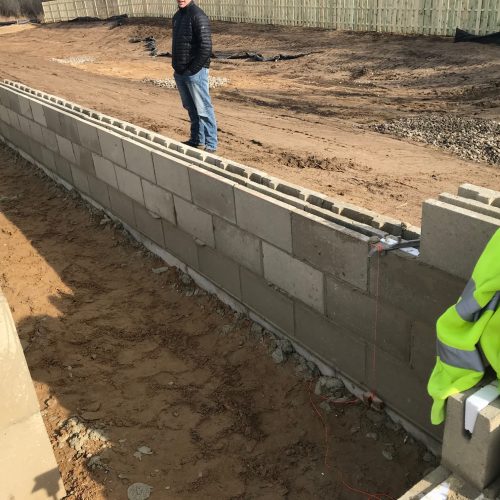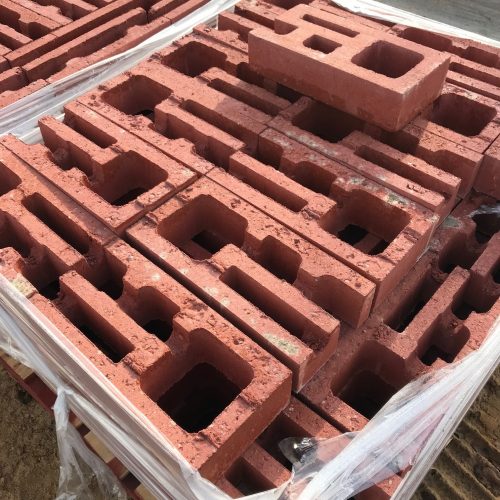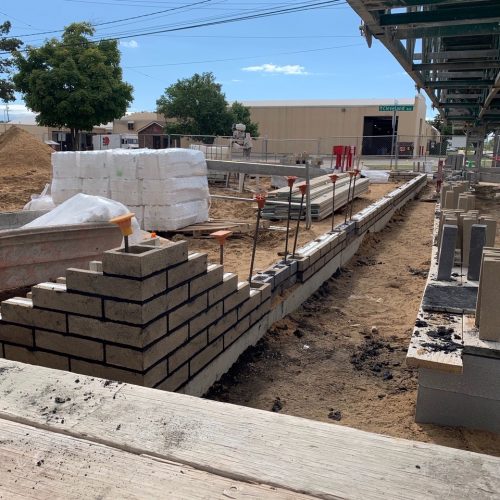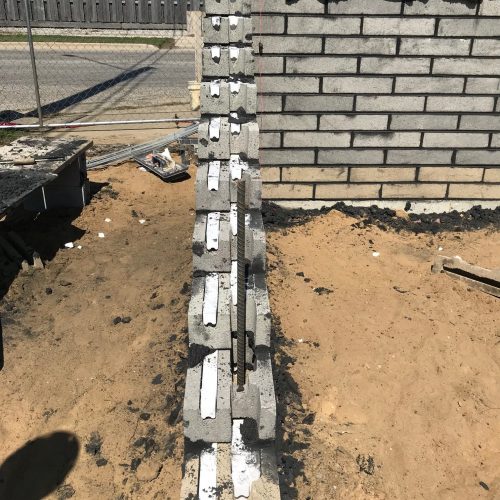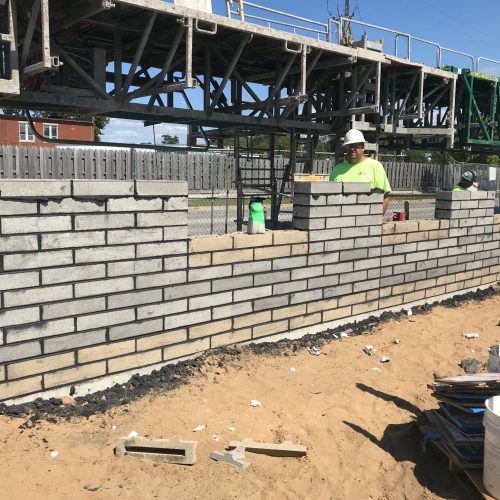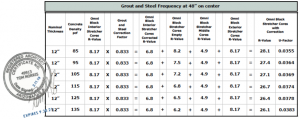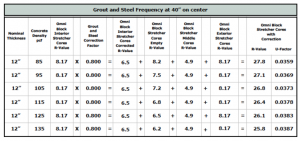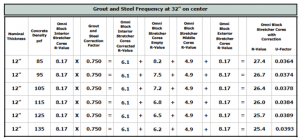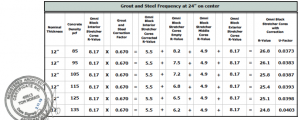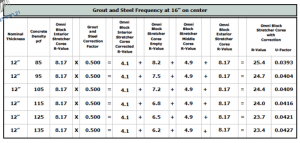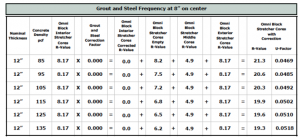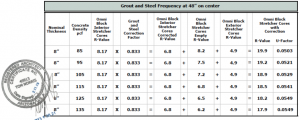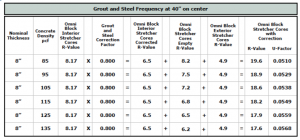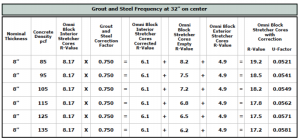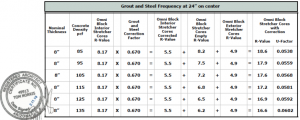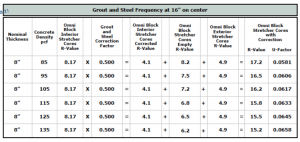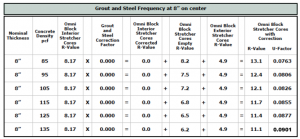The Best Thermally Efficient Building System On The Market Today!
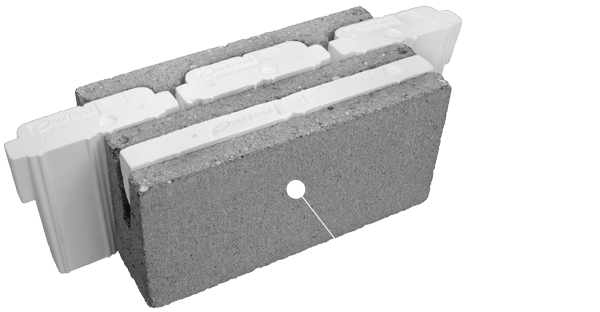
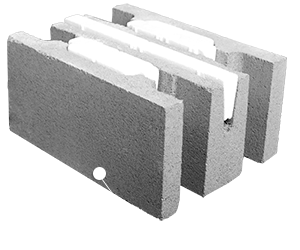
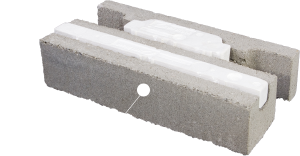
Why Omni Block
Sustainable
Omni Block is a thermally efficient
"whole wall" because it combines R-value, the effects of thermal mass, thermal lag, thermal damping, and air-tightness, which results in a passive solar technology.
Energy Efficient
The combination of insulation and effective thermal mass allows an HVAC contractor to reduce the tonnage of heating and cooling equipment by up to 50%
Cost Effective
The combination of insulation and effective thermal mass contribute to keeping the overall construction costs down. In addition to being visually appealing and cost-competitive, it is durable and requires minimal maintenance over the life of a building.
Omni Block Intro & Install Videos
Omni Block of The Great Lakes Projects
Download Our Project Profile PDF to See More Projects!
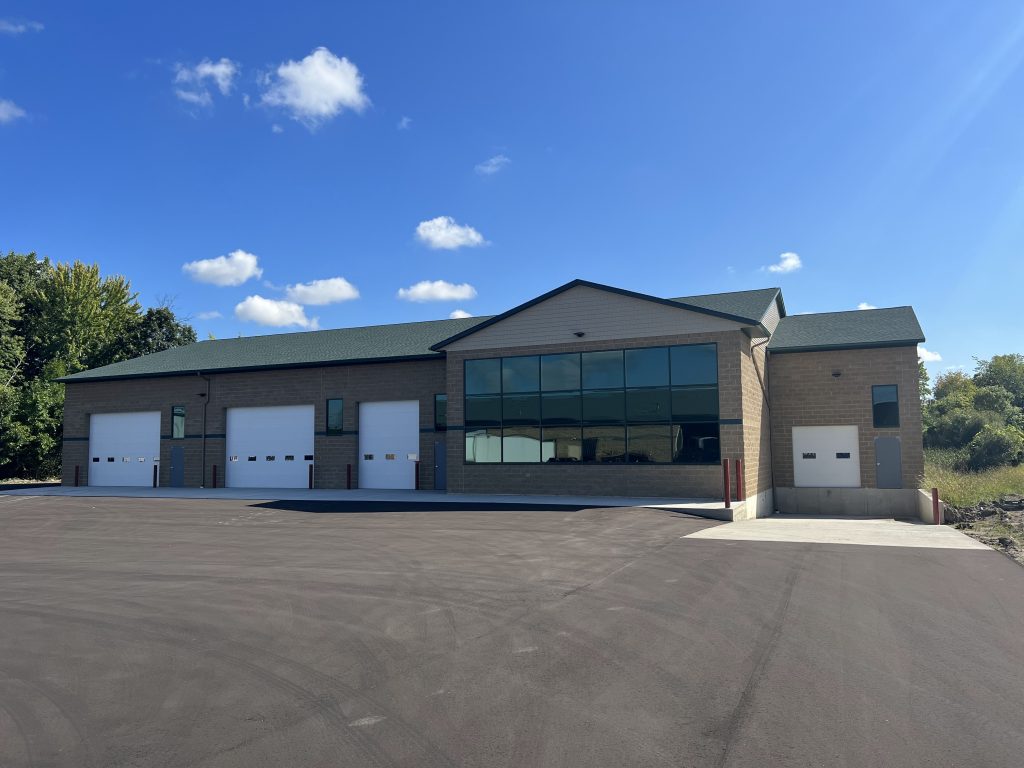
Maurie's Door Services
Grand Rapids MI
Maurie’s Door Services was in need of a building material that would save money on energy costs while satisfying the aesthetic capability of concrete masonry. Omni Block was the best fit for this project as it will last decades, reduce energy consumption, and looks great.

Macomb County Sheriff
Marine Patrol Boathouse
The Macomb County Sheriff’s office needed a new boathouse for their Marine division that would save money on energy costs during the off-season. Omni Block was the best fit for this project as it will last decades while reducing the energy consumption for the building.
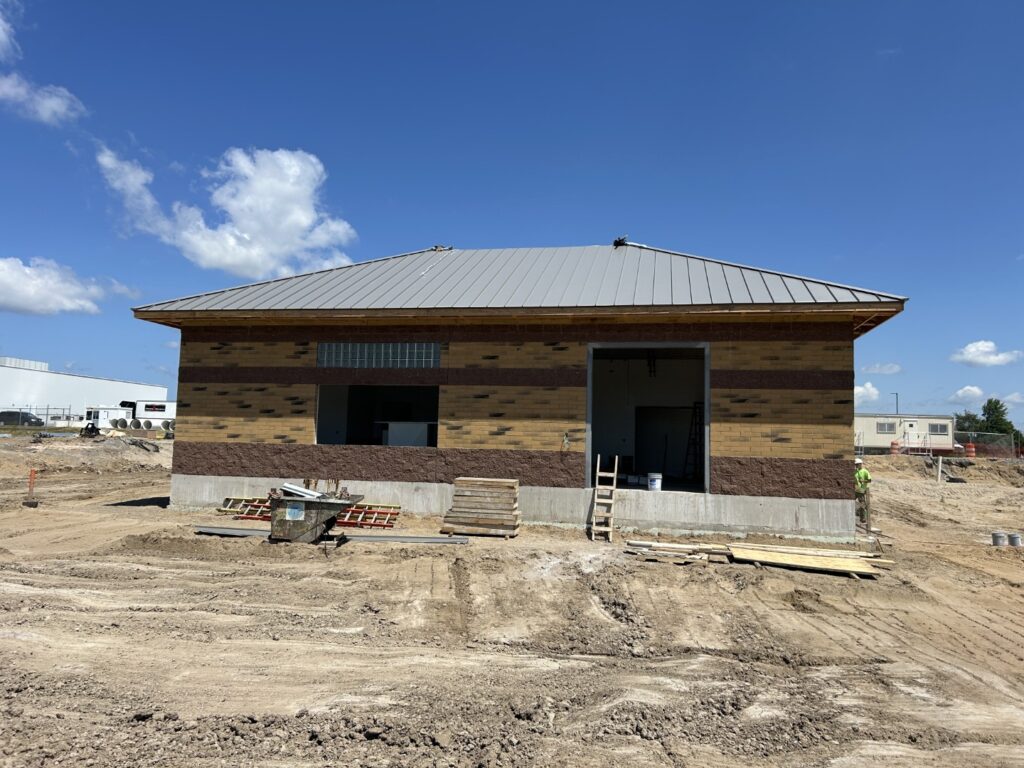
West Randall Lift Station
Muskegon County, MI
Construction of a second lift station adjacent to the existing West Randall Lift Station to accommodate proposed flows for the Southeast Regional Force Main.
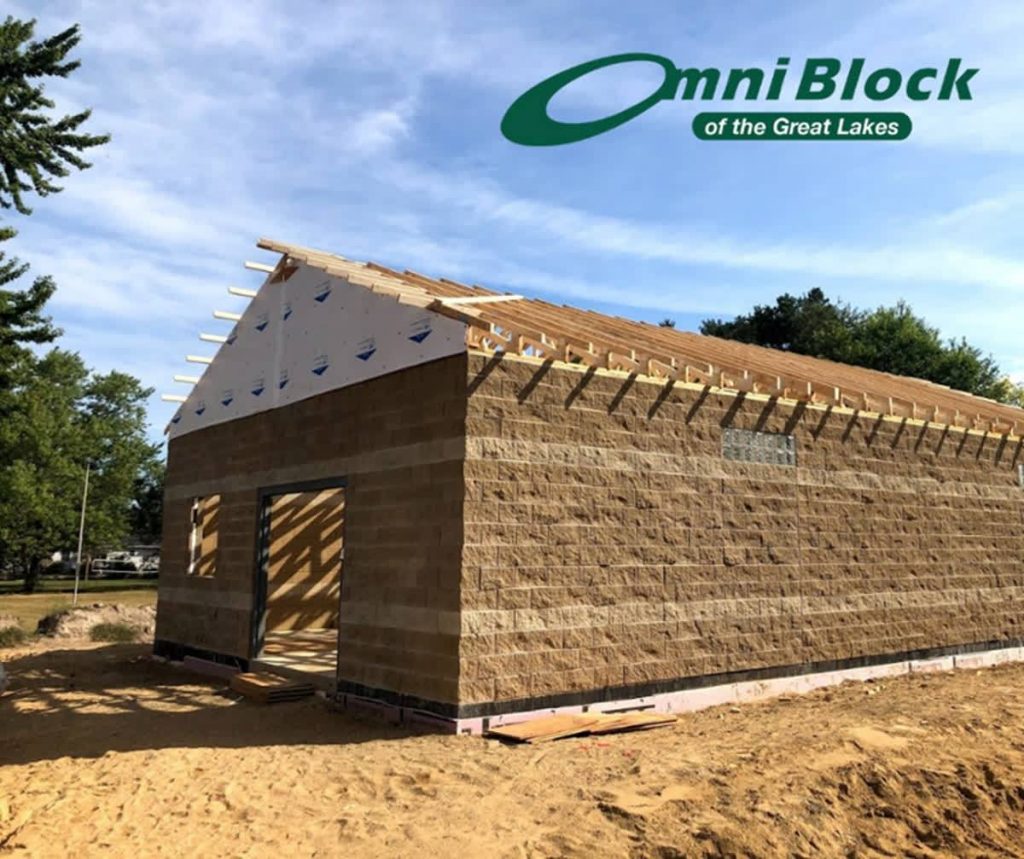
Pump Station, Allendale MI
Utilizing Omni Block allowed for the efficient construction of a single wythe wall building, achieving the owners desire for an exposed block interior finish.

Dollar General Store, Alto MI
Omni Block kept this project on schedule because the contractor couldn’t get the tilt walls in time to meet the construction schedule. The only way they could meet the schedule, AND the energy code, was to utilize the Omni Block system. This project was 8” split face block.
Grout Cell Correction Factors
Rebar and grout frequency can significantly alter the thermal performance of a wall system. Omni Block (with the assistance of the Masonry Institute of Michigan) has developed an accurate short-cut to determine whether or not Omni Block will prescriptively meet the International Energy Conservation Code (IECC) per ASHRAE 90.1 (2013).
The tan fields contain value options in their drop-down menus. Select the options that meet the design criteria of your specific project including the climate zone per ASHRAE 90.1.
Step 1: Select either 8 or 12 in the top drop-down menu cell. 8 means Omni Block System 8 and 12 means Omni Block System 12.
Step 2: Select the expected concrete density. Lightweight concrete density starts at 85 pounds per cubic foot and ends at a heavyweight density of 135. The heavier the concrete the less the thermal performance.
Step 3: Enter the expected vertical rebar frequency. For this calculator the cell frequency matters, but the size of the rebar does not.
Step 4: Enter the project’s climate zone or region per ASHRAE 90.1.
The maximum allowable U-factor per ASHRAE 90.1 is automatically entered in the bottom cell.
As long as the resulting Corrected U-Factor field is green, Omni Block passes the International Energy Conservation Code prescriptively.
The tables below provide R-Value and U-Factor corrections based upon the frequency dynamic of the vertical rebar and grout for the System 12 block. For example, if the vertical rebar frequency, as determined by the structural engineer of record, is to be every 40″ on center then the R-Value is 26.4 and the U-Factor is 0.0378 at a concrete density of 115 pcf.

Try the calculator by clicking HERE.
The tables below the provide the supporting R-Value and U-Factor corrections based upon the frequency dynamic of the vertical rebar and grout for the System 8 block. For example, if the vertical rebar frequency, as determined by the structural engineer of record, is to be every 40″ on center then the R-Value is 18.2 and the U-Factor is 0.0549 at a concrete density of 115 pcf.
The tables below provide R-Value and U-Factor corrections based upon the frequency dynamic of the vertical rebar and grout for the System 12 block. For example, if the vertical rebar frequency, as determined by the structural engineer of record, is to be every 40″ on center then the R-Value is 26.4 and the U-Factor is 0.0378 at a concrete density of 115 pcf.
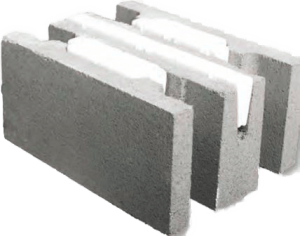

Contact Us
Omni Block of The Great Lakes
10694 Chicago Dr.
Zeeland, MI 49464
(616) 931-5584

